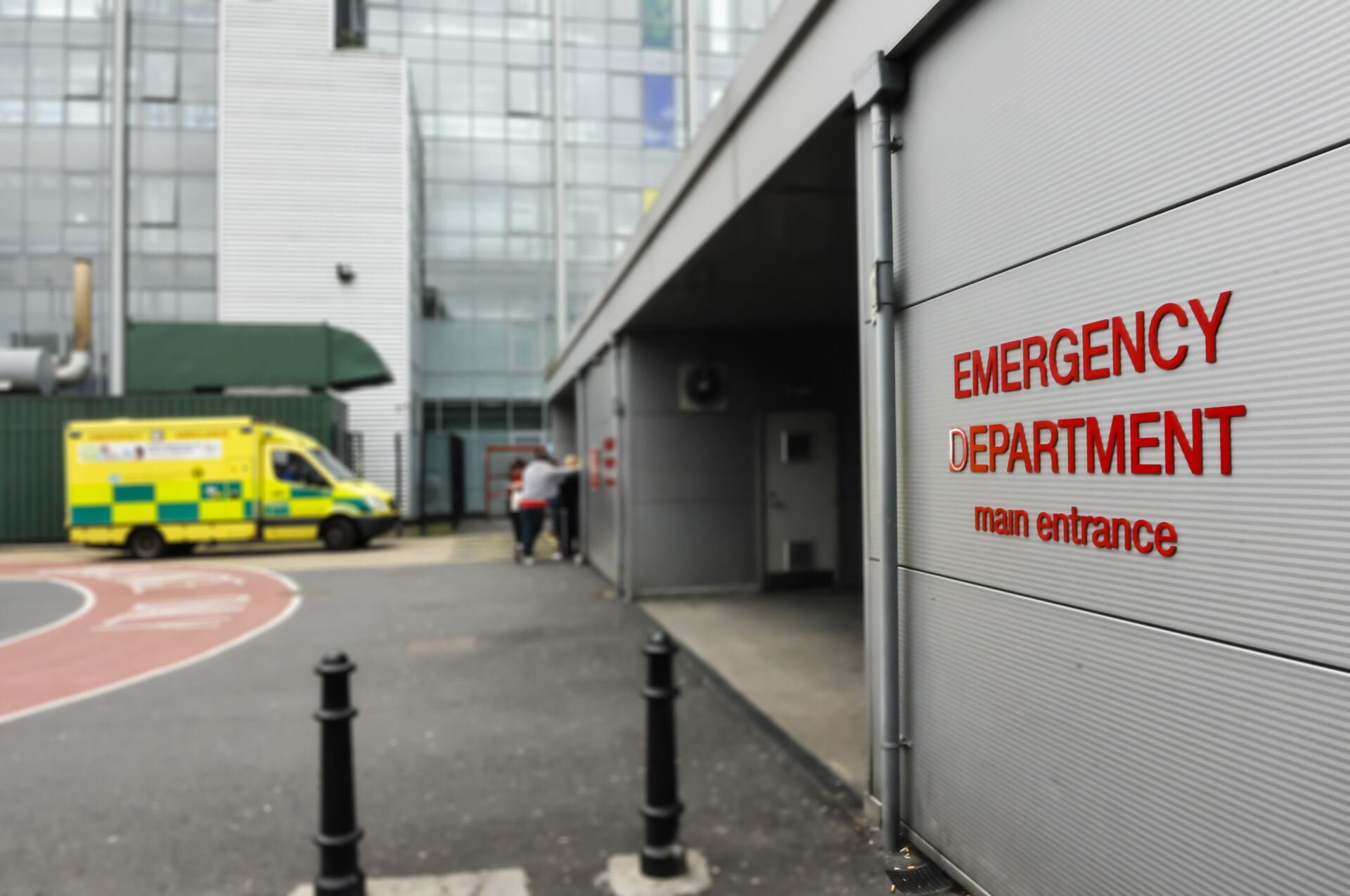The number of A&E attendances in May was the highest on record, with over 2.4 million people presenting for urgent care.
New monthly NHS statistics show there were 5% more A&E attendances in May compared to April this year.
Emergency admissions were also the second highest on record, with 564,693 people admitted in May, which is second only to March 2024 where there were 567,456 emergency admissions.
Ambulance staff faced high demand, with the busiest May on record for category one incidents, with 81,774 callouts.
On waiting lists, in April there were 302,589 patients waiting more than 52 weeks for treatment, which is the lowest since August 2021 when there were 295,362. However, pre-Covid in February 2020, the number of patients waiting over 52 weeks was 1,845.
The total waiting list hit 7.57 million in April, 34,000 more than in March 2024.
Professor Sir Stephen Powis, NHS national medical director, said: ‘As these figures show, demand for NHS services across the country remains high. May was a record month for urgent and emergency services, with the highest number of A&E attendances as well as being the busiest May for the most urgent ambulance callouts, while staff delivered a record number of elective appointments for April.’
He added that the NHS was preparing for ‘further disruption’ to services in coming weeks as junior doctors are due to strike for five days from 27 June.
Responding to the figures, Tim Gardner, assistant director of policy at the Health Foundation, said: ‘With both Labour and the Conservatives promising big improvements in NHS waiting times, today’s figures are a stark reminder of the scale of the challenge facing the next government.
‘The waiting list for routine hospital care remains at near record levels at 7.57 million, having virtually tripled over the last decade. While there has been some progress in recent months, there is still a huge mountain to climb with over 300,000 waits of over one year – compared to less than 2,000 before the pandemic. The situation in urgent and emergency care is equally dire; more than one in 10 patients now spends over 12 hours in A&E, with the four hour waiting time target not met since July 2015.
‘To make good on manifesto pledges, whoever forms the next government needs to prioritise stable, long-term investment in the NHS to keep pace with demand and improve services for the future. This includes addressing staff shortages, modernising crumbling buildings, replacing outdated equipment and reforming the social care system. Without this, commitments to substantially cut waiting times are just empty promises.’
Nuffield Trust acting director of research Dr Sarah Scobie added: ‘It is hard to overstate what a profound political challenge the huge waiting list has become now. All the political parties recognise the importance of bringing down waiting times but this huge backlog is going to be a constant spectre for the next government, whoever gets the keys to No 10 in July.
‘Truly tackling it effectively will be something that takes time, investment, patience, and hard work – and it’s likely that on current plans it will be extremely stretching to eliminate it before the end of this decade.’
All parties so far have pledged to cut the waiting lists if they are elected on the 4 July.




